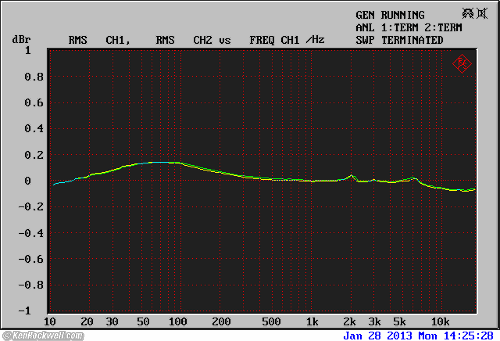SilverEars
Headphoneus Supremus
- Joined
- Sep 18, 2013
- Posts
- 14,474
- Likes
- 6,485
I don't think you're going to get much argument in Sound Science by saying that DAPs are audibly transparent. Unless there is something seriously wrong with their design and manufacture, that's certainly true. The same goes for CD players, SACD players and blu-ray players. Most computers intended for use as music sources as well. All players should be able to perform well enough that they are audibly transparent. When you can go out and buy a $40 cheapo DVD player and it performs to those specs, it isn't out of line to expect that from a fancy DAP designed specifically for listening to music.
As for headphone impedance matching... that is something you are going to need to pay attention to when you buy headphones. Some headphones require amping to perform properly and some don't. But that is irrelevant, because the measure of a player itself is usually made through line out, not the headphone out. The line out shows what the player itself is capable of. Matching with headphones depends on the headphones.
iphone 5 doesn't have a line-out. Why would you measure to see how it performs with headphones to a line-out?








